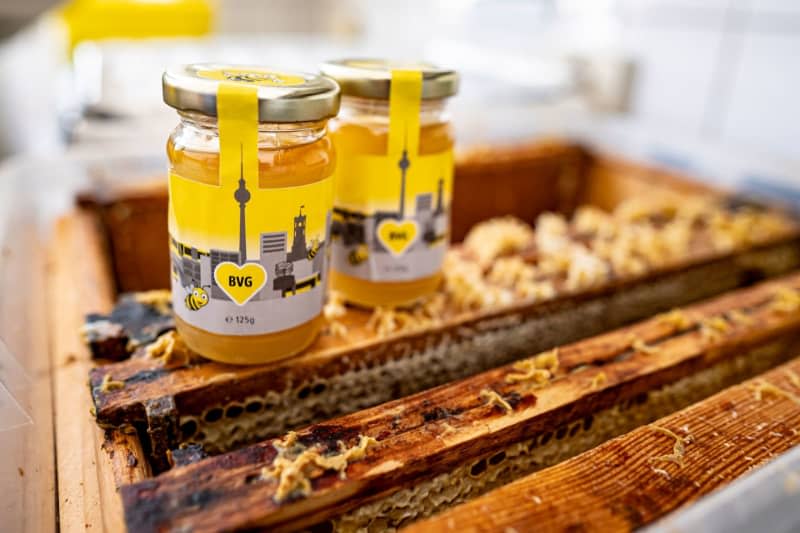Honey sold in EU must have country of origin listed, members agree

Negotiators from the EU member states and the European Parliament have agreed that in future honey must have the country of origin clearly labelled on the packaging.
They reached the provisional deal, the so-called "breakfast directives," late on Tuesday night.
Until now, only honey blends had to be labelled as to whether or not they came from the EU. In future, the proportion of honey from each country will also have to be listed. The law also aims to prevent fake honey being mixed with the genuine product.
"Following feasibility studies, and to further limit fraud, the Commission shall propose a unique identifier code or similar technique to be able to trace the honey back to beekeepers," a statement on the European Commission website said.
"It was also agreed that an EU platform of experts should be set up to gather data to improve controls, detect adulteration in honey and to provide recommendations for an EU traceability system that allows for the honey to be traced back to the harvesting producer or importer," it continued.
Before the rules can come into force, the European Parliament and the EU member states still have to formally approve them, but this is considered a formality.
The "breakfast directives" also contain new rules for juices and jams. According to the European Parliament's website, juices may in future be labelled as "reduced sugar" if at least 30% of the naturally occurring sugar has been removed. However, no sweeteners may be used.
The law also contains a clause saying that at least 450 grams of fruit must be used to make one kilogramme of jam.

